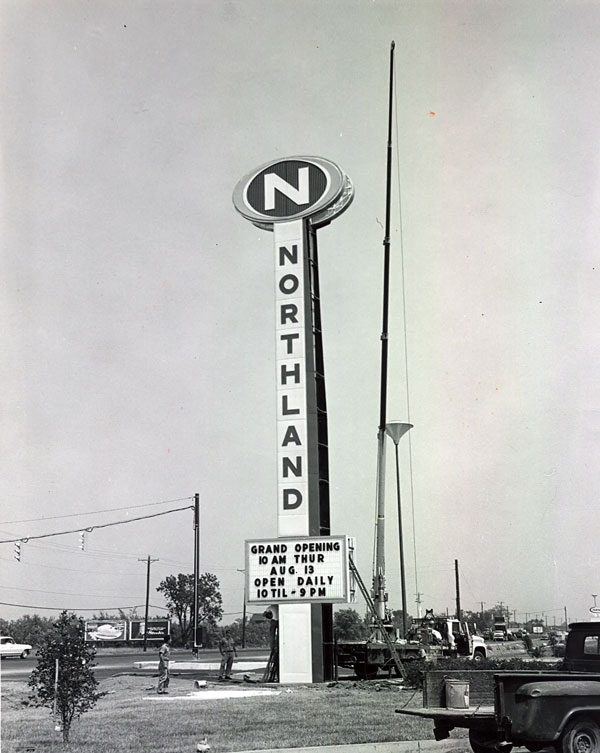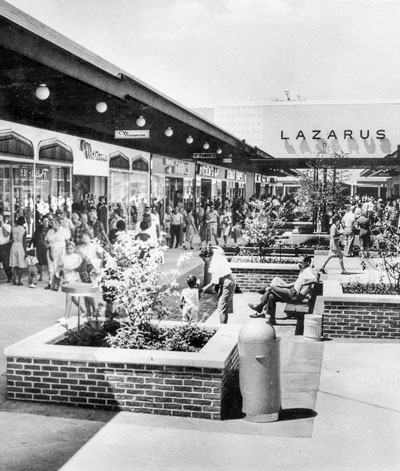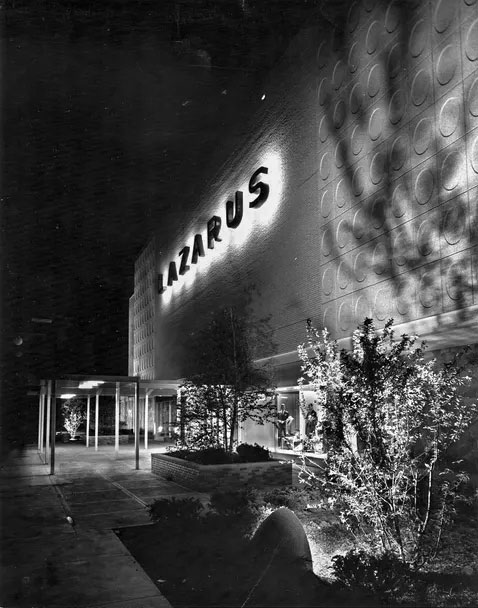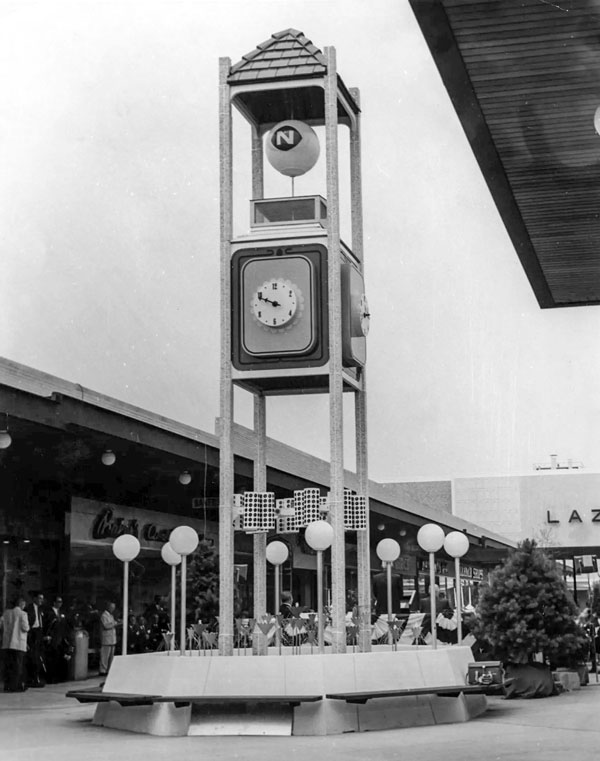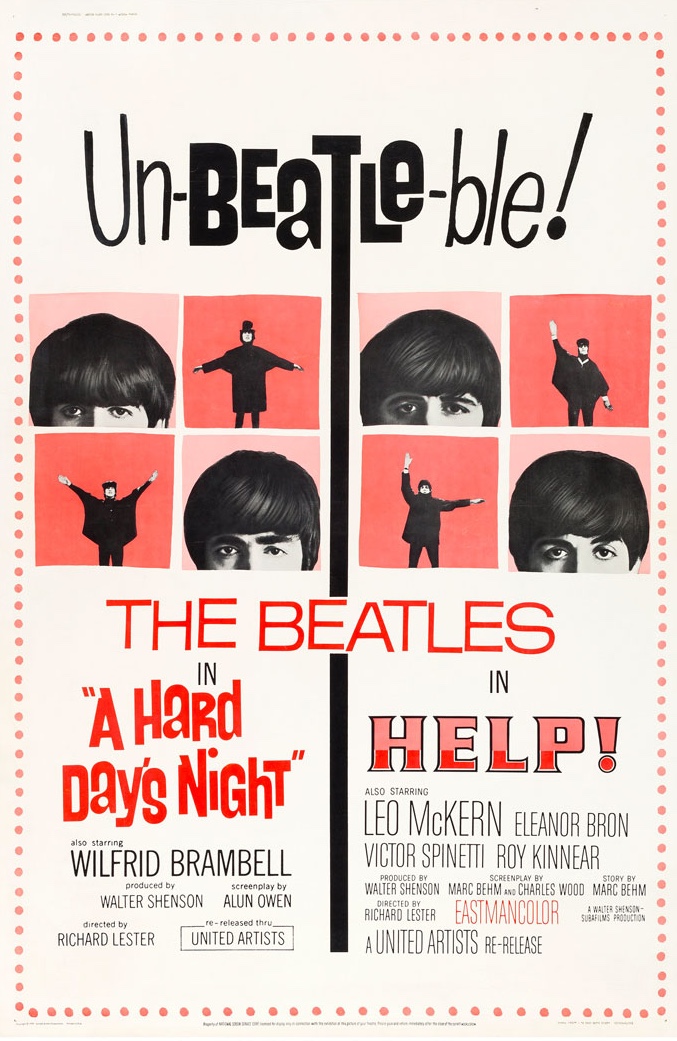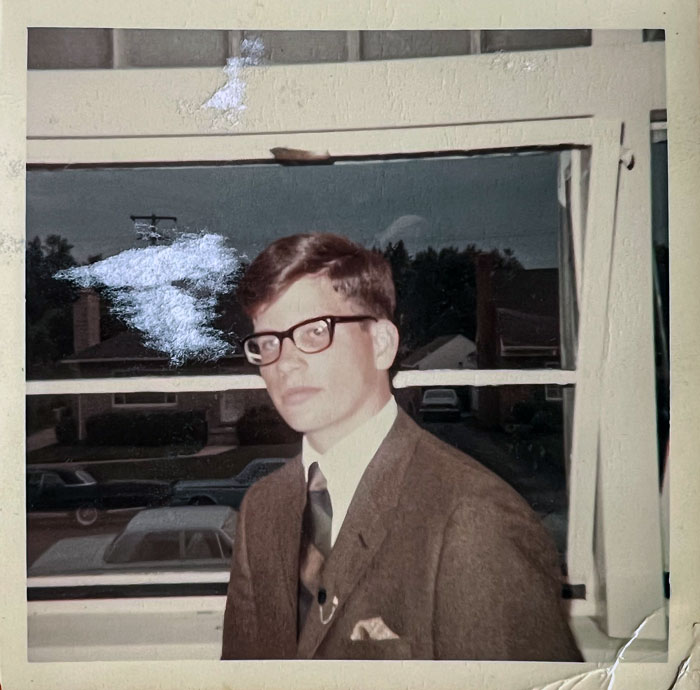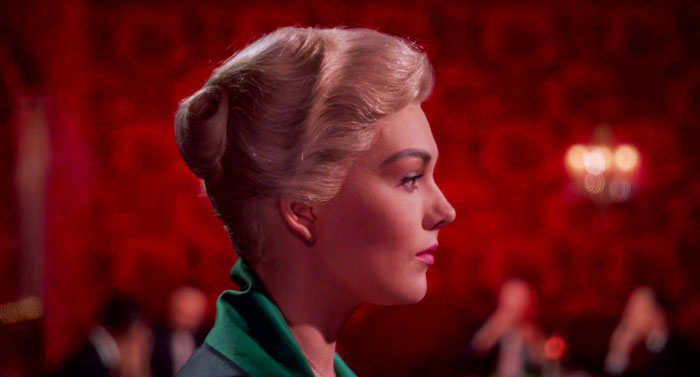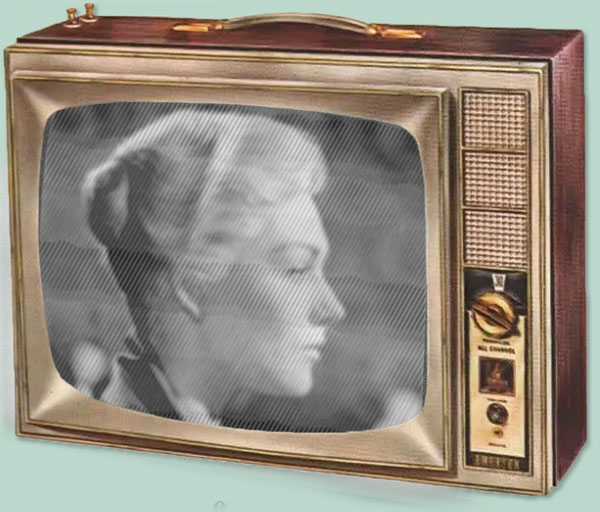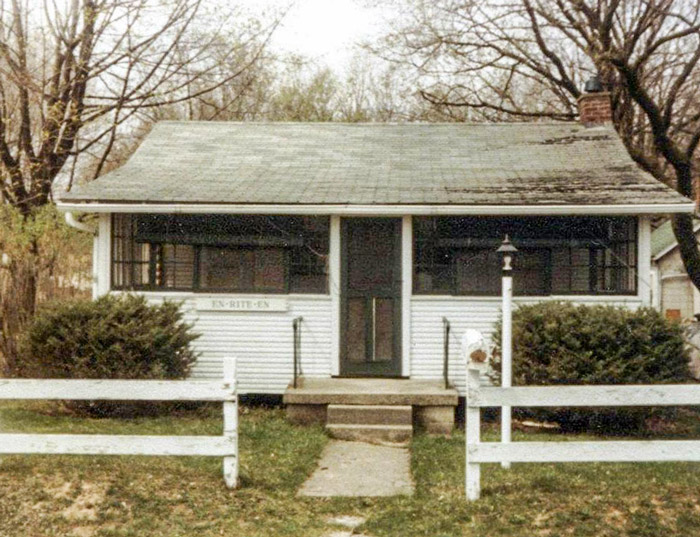
The En-Rite-En, always The Cottage en famille
The Cottage was a modest two-bedroom bungalow in Shawnee Hills, a community built in the 1920s as a fishing resort on the O’Shaughnessy Reservoir of the Scioto River. The reservoir was created with the construction of O’Shaughnessy Dam in 1925; it was only a mile or so from the Cottage. The Zoo-Park was on the shore opposite Shawnee Hills; at night we'd hear the big cats and other animals. We loved that.
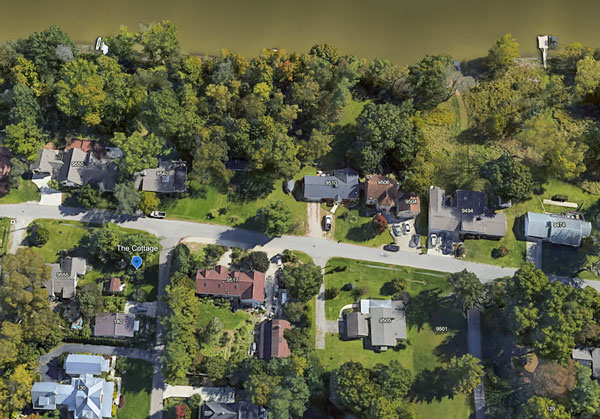
 There was no running water; we'd lug five-gallon bottles of drinking water hoisted into place on a dispenser next to the fridge. A filled bottle must have weighed around fifty pounds. Modern dispensers use plastic bottles but ours were glass, and the clear surface let you watch the huge bubbles created when you pushed down a lever on the tap for a drink. There was no heating or cooling, no electronics at all. I don't have a picture of our dispenser but the image on the left is near to my memory.
There was no running water; we'd lug five-gallon bottles of drinking water hoisted into place on a dispenser next to the fridge. A filled bottle must have weighed around fifty pounds. Modern dispensers use plastic bottles but ours were glass, and the clear surface let you watch the huge bubbles created when you pushed down a lever on the tap for a drink. There was no heating or cooling, no electronics at all. I don't have a picture of our dispenser but the image on the left is near to my memory.
Dish-washing was done with well-water from a pump just outside the kitchen windows. The toilet was in a crude WC on the back porch that was also home for a ladder and outdoor tools. A large collection of spiders and centipedes were in residence and brushing away cobwebs when we arrived for the weekend was a familiar part of the process. Nobody liked the bugs. We was flushed it with buckets of rainwater from a corrugated collection tank a few steps away.
Hanging just to the left of the door was a handmade wooden sign saying EN-RITE-EN. Immediately inside the front door was a screened-in porch. This was where we did our TV watching in the warm summer months after an hour or two of pursuing lightning bugs outside. There were always thousands of them.
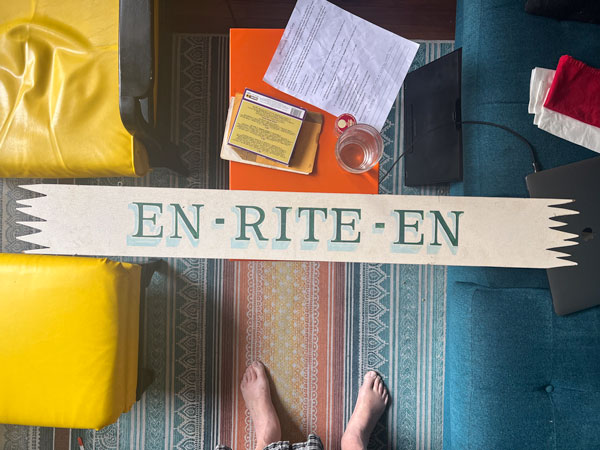
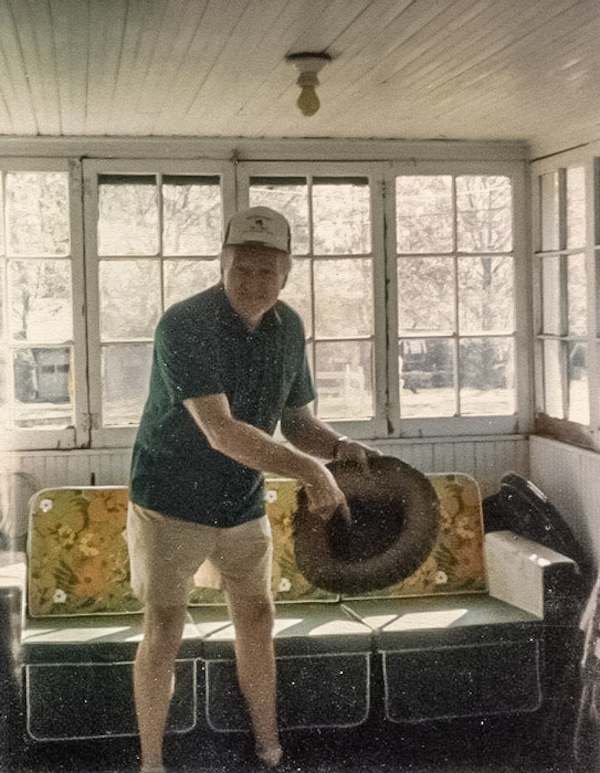
My father on the porch. He's amused, holding a hat one of my little sisters had used as a shitter. There were too many spiders in the toilet.
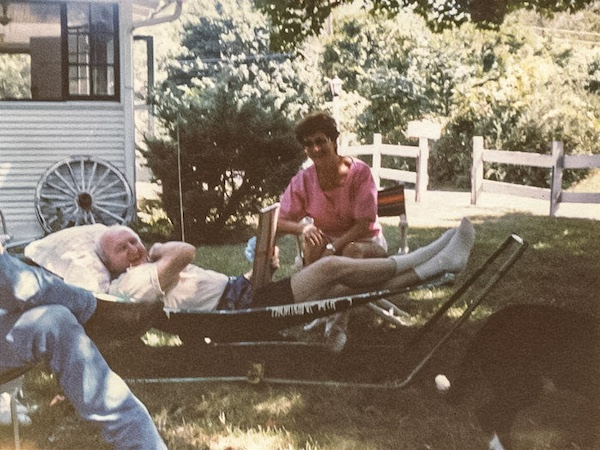
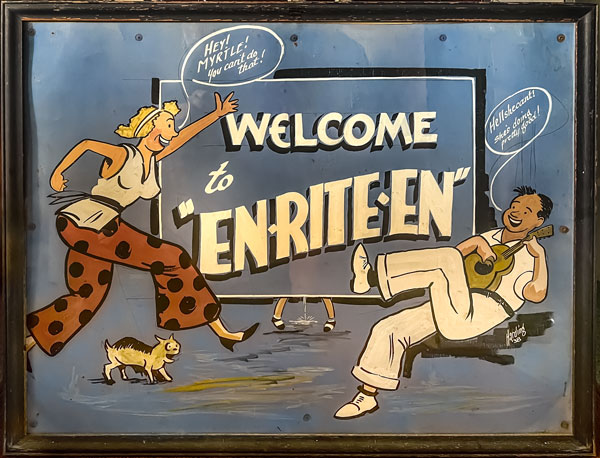
My grandfather was chief bailiff of Columbus for many years. He knew everyone. One of his accquaintences was the cartoonist for the evening paper, the Columbus Dispatch. His name was Harding and he painted this for grandpa in 1938. It hung in the screened-in porch just right of the front door.




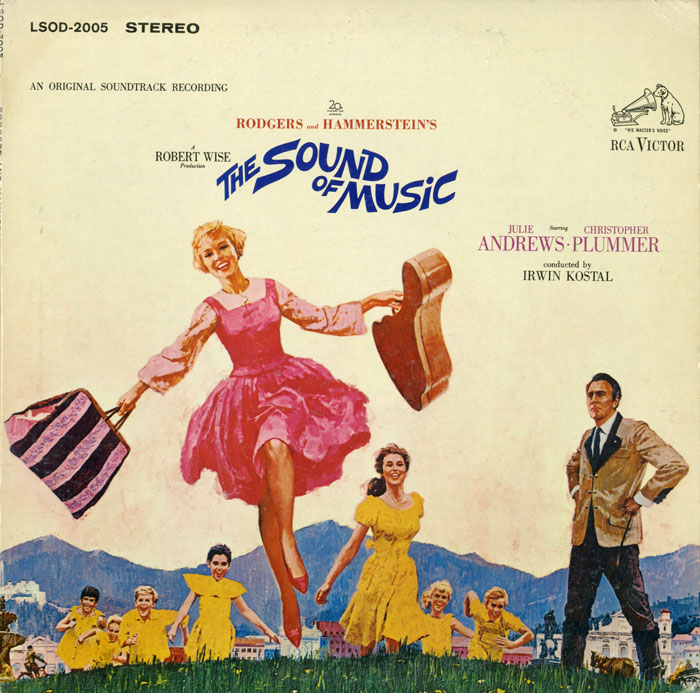
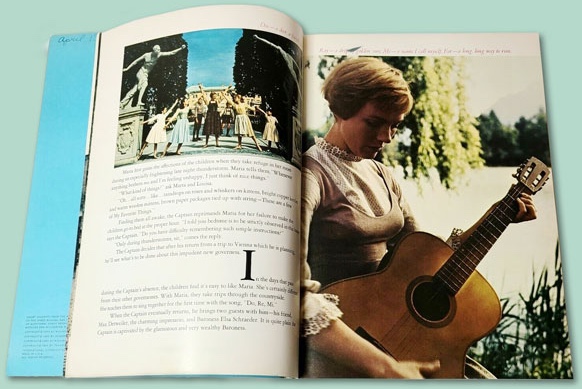 In April The
Sound
of Music opened and ran for eighty-four weeks. It was one of the last successful sixties
In April The
Sound
of Music opened and ran for eighty-four weeks. It was one of the last successful sixties 